How Clear-Span Buildings Improve Operational Efficiency
Modern agricultural operations demand infrastructure that supports flexibility, maximizes space, and adapts to evolving needs. One of the most effective solutions meeting these demands is the clear-span building. Unlike traditional structures with internal columns, clear-span buildings provide wide-open interior spaces, enhancing workflow, equipment maneuverability, and overall farm building efficiency.
This article explores how clear-span agricultural buildings address common challenges in farm infrastructure and why they’re a strategic choice for today’s agricultural professionals.

What Are Clear-Span Buildings?

Clear-span buildings are structures designed without interior support columns, allowing for an unobstructed interior width. This is made possible through engineered framing systems—most commonly steel—that distribute the roof load to the exterior walls. As a result, the entire internal area becomes usable space. In agriculture, where efficiency and adaptability are essential, this design offers significant operational benefits over conventional column-supported buildings.
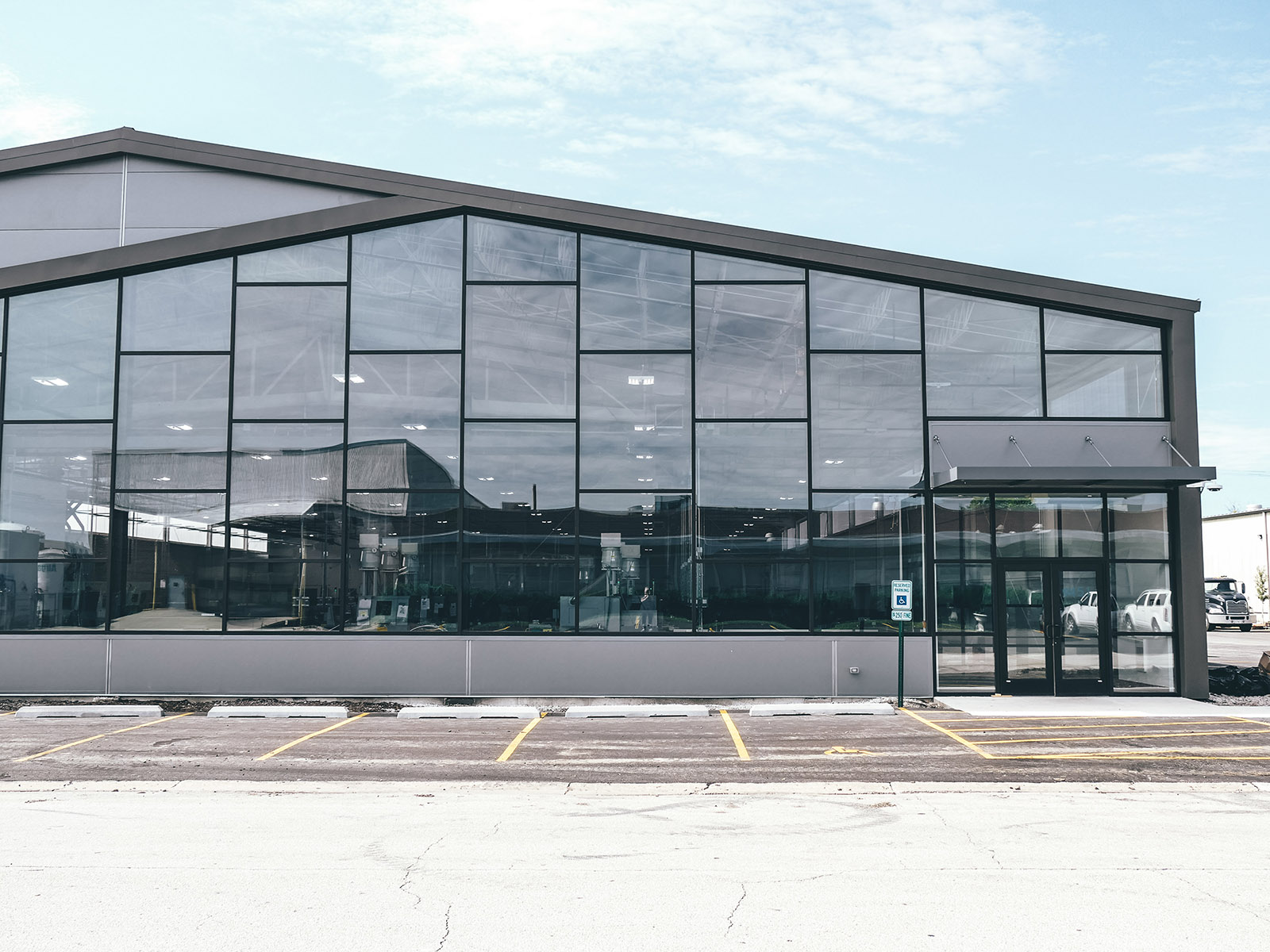
The Challenge with Conventional Column-Supported Designs
Traditional post-and-beam or wood-frame agricultural buildings often include interior columns to support the roof structure. While structurally effective, these columns pose several challenges:
Obstructed Movement: Columns limit how equipment like tractors, combines, and loaders can be moved or parked.
Reduced Storage Capacity: Columns can interrupt shelving and bin layouts, reducing usable square footage.
Rigid Space Allocation: Interior supports create physical zones, making it difficult to repurpose space for different uses or adjust layouts seasonally.
These limitations can restrict an operation’s growth or require multiple smaller buildings for specialized uses, increasing maintenance and reducing efficiency.
Clear-Span Buildings: Boosting Efficiency in Agricultural Operations
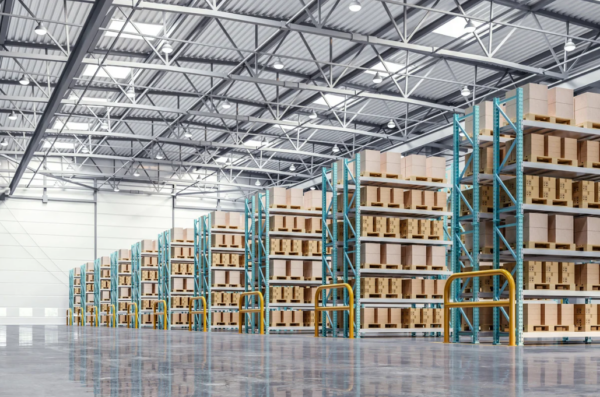
Clear-span construction addresses these challenges by offering a more adaptable and space-efficient solution. Here’s how:
1. Maximized Usable Space
Without interior supports, farmers can fully utilize the entire footprint of the building. This is especially beneficial for:
Bulk material storage (e.g., hay, grain, feed)
Large machinery housing
Livestock enclosures requiring movable pens or open flow with every square foot usable, storage capacity increases, and facility layouts can be customized more effectively.
2. Improved Equipment Maneuverability
Farm equipment is getting larger and more complex. From wide implements to semi-trucks,
movement within a building must be seamless. Clear-span structures allow for:
Wide turning radii
Straight-through traffic paths
Easy access bays and doors along any wall
The absence of interior obstructions reduces the risk of damage and minimizes the time required
to move or park equipment—translating into real time and labor savings.
3. Multi-Use Flexibility
Clear-span buildings are inherently adaptable. The same structure can serve multiple purposes across seasons or operational changes:
Spring/Summer: Equipment maintenance and implement storage
Fall: Processing or sorting areas during harvest
Winter: Livestock shelter or supply storage
Temporary dividers, mobile equipment, and zoning strategies can be easily employed without permanent interior structures getting in the way.
Why Steel Is the Ideal Material for Clear-Span Agricultural Buildings
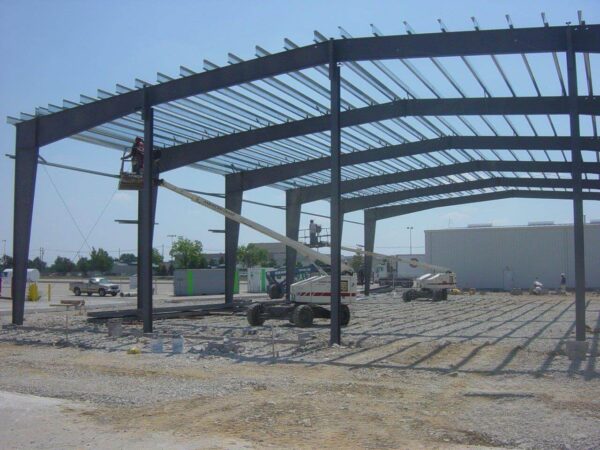
Steel enables the long, unsupported spans required for clear-span buildings while offering critical advantages:
Strength and Durability: Steel can span widths of 100+ feet without interior columns, while resisting weather, pests, and decay far better than wood.
Low Maintenance: Steel’s durability reduces the long-term upkeep and repair common with traditional materials.
Design Versatility: Pre-engineered steel buildings can be customized to specific dimensions, heights, and features, including large roll-up doors, ventilation systems, skylights, and insulation.
Speed of Construction: Prefabricated components reduce build times—essential when trying to meet seasonal agricultural deadlines.
These benefits make steel not just an option, but a strategic enabler for open-span storage solutions that must perform under tough farm conditions.
Practical Use Cases in Agriculture
Clear-span steel buildings are already enhancing operational efficiency
across diverse agricultural settings. Here are a few real-world examples:
Equipment Storage and Maintenance
A 100-foot-wide clear-span building allows combines, tractors, sprayers,
and attachments to be stored in a single bay. Maintenance crews benefit from
open movement paths, overhead cranes, or lighting systems without obstruction.
Processing and Sorting Facilities
During harvest or packaging, workflow efficiency is key. A column-free interior supports
conveyor layouts, temporary workstations, and sorting areas that can be reconfigured as needed.
Livestock Housing
Open layouts accommodate pens, feeding lines, and ventilation systems without interruption.
Farmers can easily change pen sizes, clean efficiently, and reduce stress on animals by improving flow and air circulation.
Feed and Bulk Storage
with front-end loaders or conveyors is safer and faster when movement isn’t restricted.
A Strategic Infrastructure Choice
As farms expand and diversify, infrastructure decisions increasingly impact long-term performance.
Clear-span buildings should be viewed not merely as shelter, but as strategic assets:
They reduce operational bottlenecks.
They adapt to changing needs and business models.
They maximize investment by increasing usable square footage per dollar.
Whether you’re modernizing a family operation or expanding into new crops or livestock, clear-span buildings offer a flexible foundation for efficient growth.
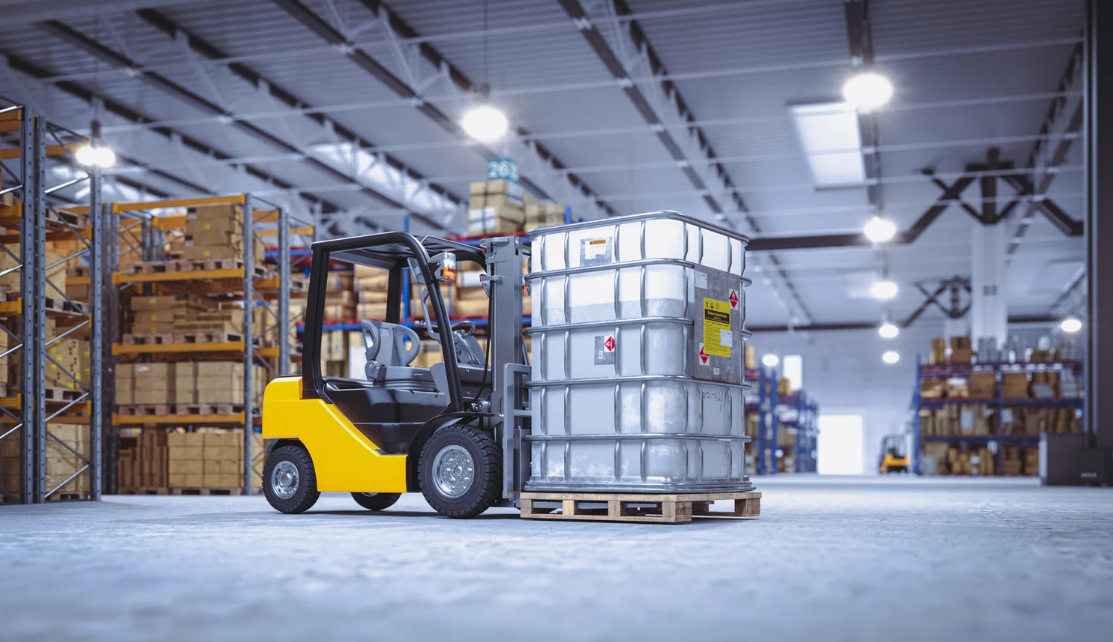
LEARN MORE – ADDITIONAL RESOURCES
To learn more about design trends shaping the future of ag buildings, visit Scalable Steel Infrastructure for Modern Agriculture
Conclusion
Clear-span agricultural buildings represent more than just a structural design choice—they are a foundational element for enhancing farm building efficiency and ensuring long-term operational flexibility. By eliminating interior columns, these buildings allow for full utilization of space, streamlined workflows, and quick adaptation to changing needs throughout the agricultural calendar.
Whether storing large machinery, facilitating livestock movement, or setting up temporary processing zones during harvest, clear-span buildings offer the versatility modern farms need to stay competitive. The design supports safer equipment handling, reduces time spent maneuvering around obstacles, and enables a layout that evolves as your operation does.

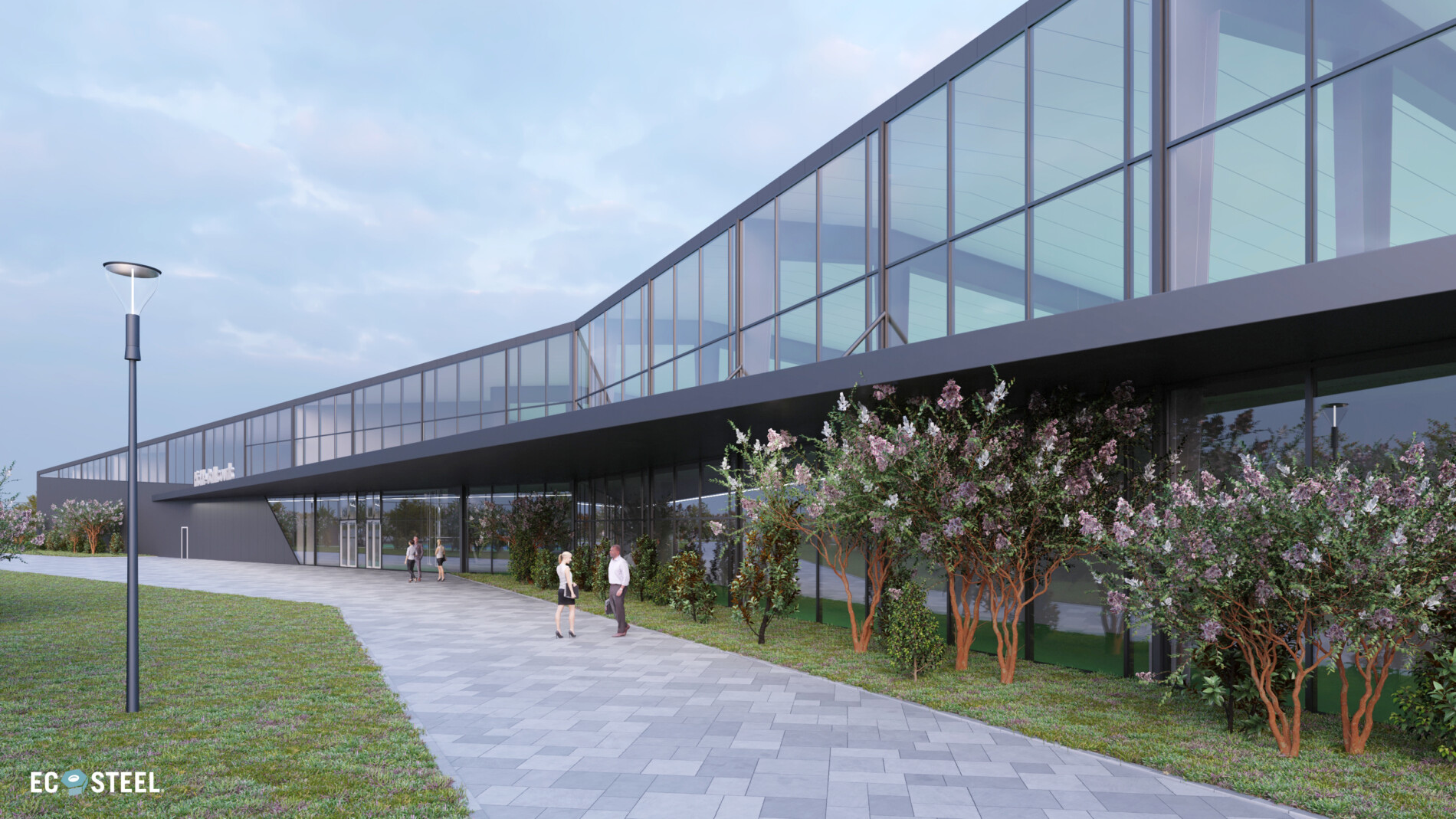
WHY ECOSTEEL?
EcoSteel building systems come in a variety of shapes and sizes, but at their core they all utilize a custom engineered structural steel frame and a high-performance insulated shell. From sub-zero temperatures to dry heat or high humidity, Mother Nature continually tests the limits of building envelopes. While our insulated wall panels are a popular option, sometimes they are substituted or combined with masonry, stone, pre-cast or tilt-up concrete, wood, glass or other architectural wall treatments. The versatility and flexibility of our building systems allows for a myriad of colors, shapes, textures and designs. Today’s building projects require the perfect combination of energy efficiency, creative versatility, and reduced construction cost.


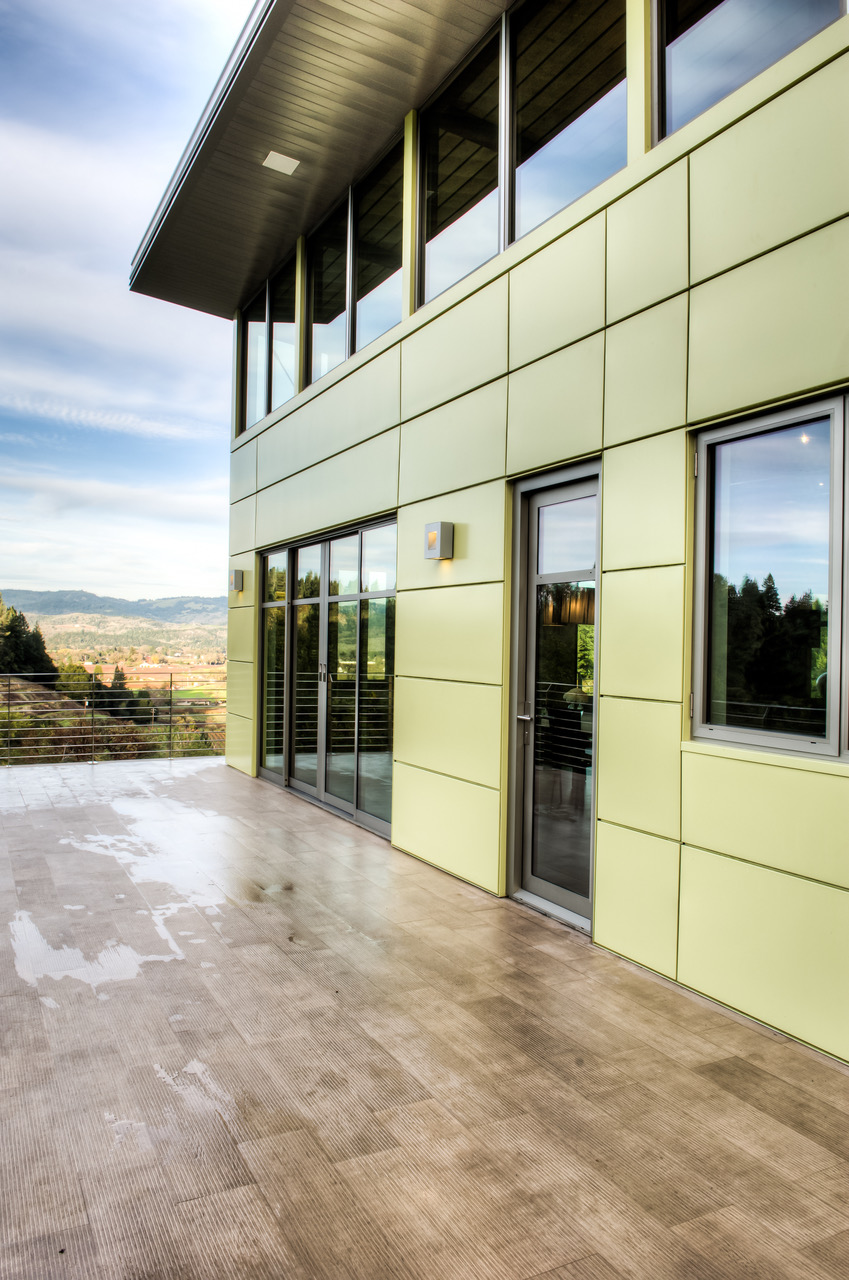
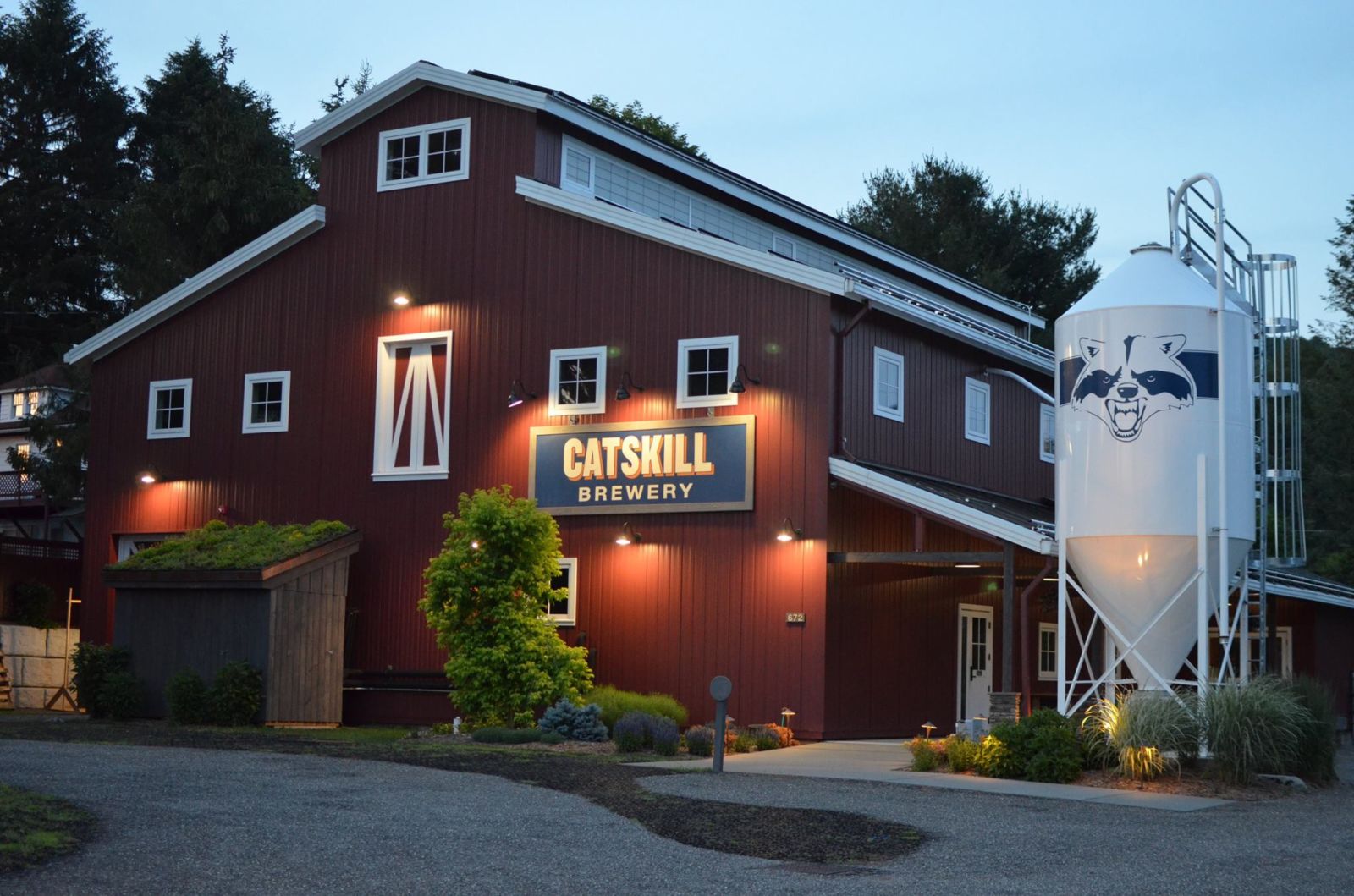

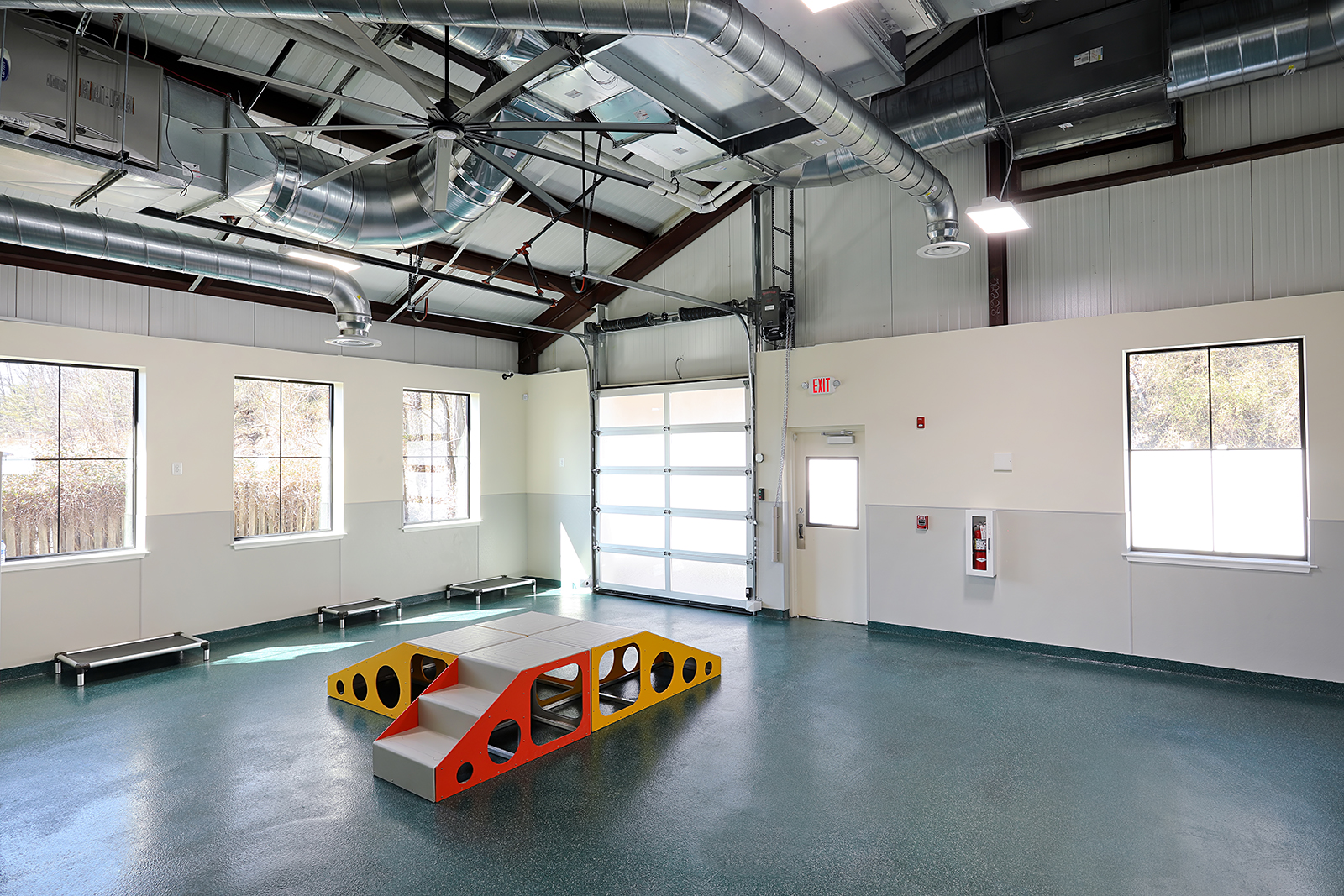
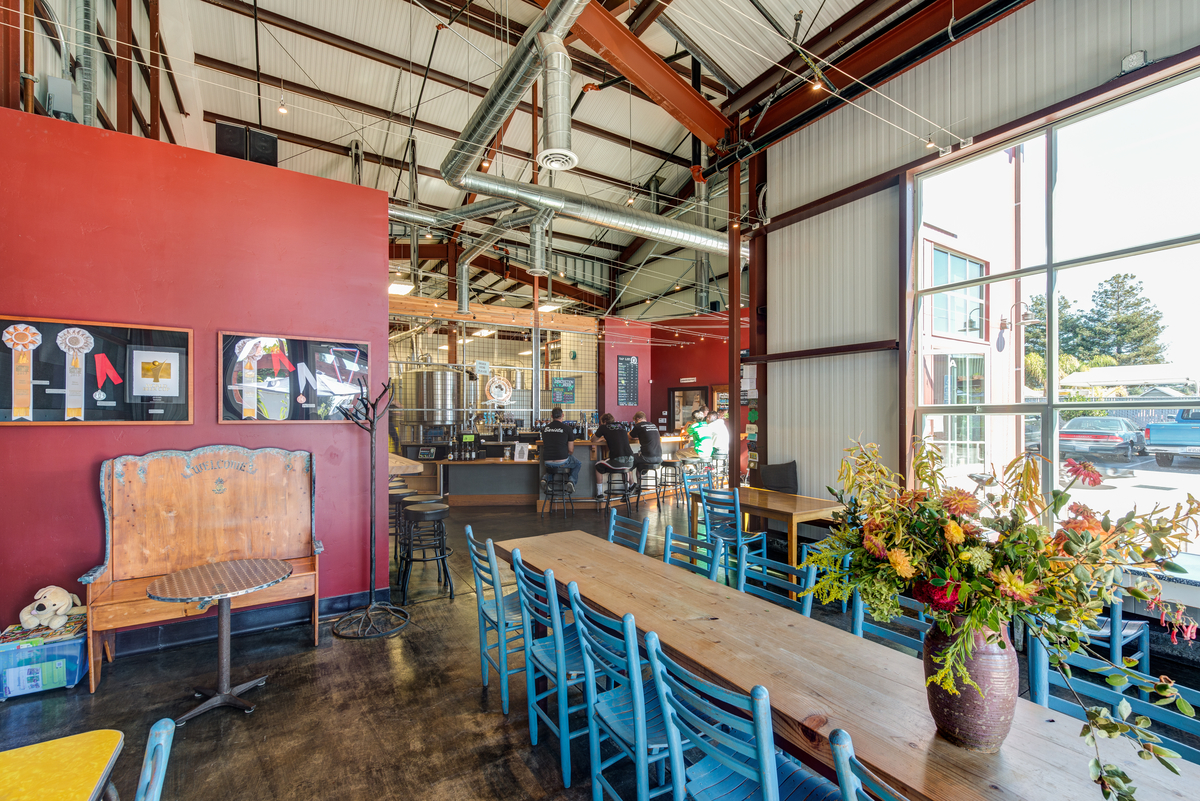
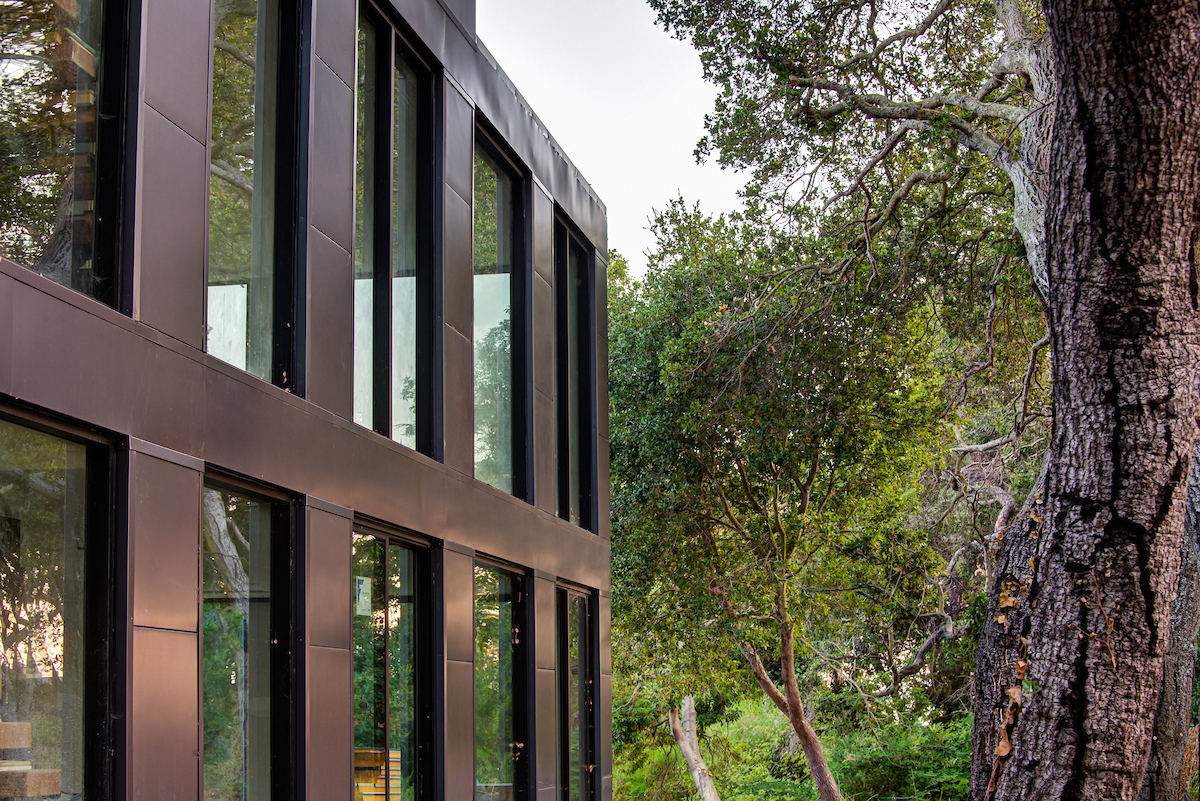
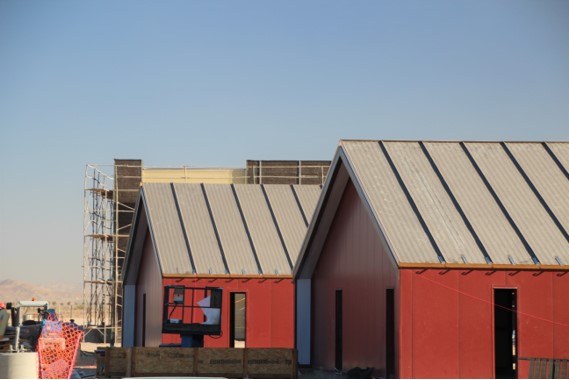
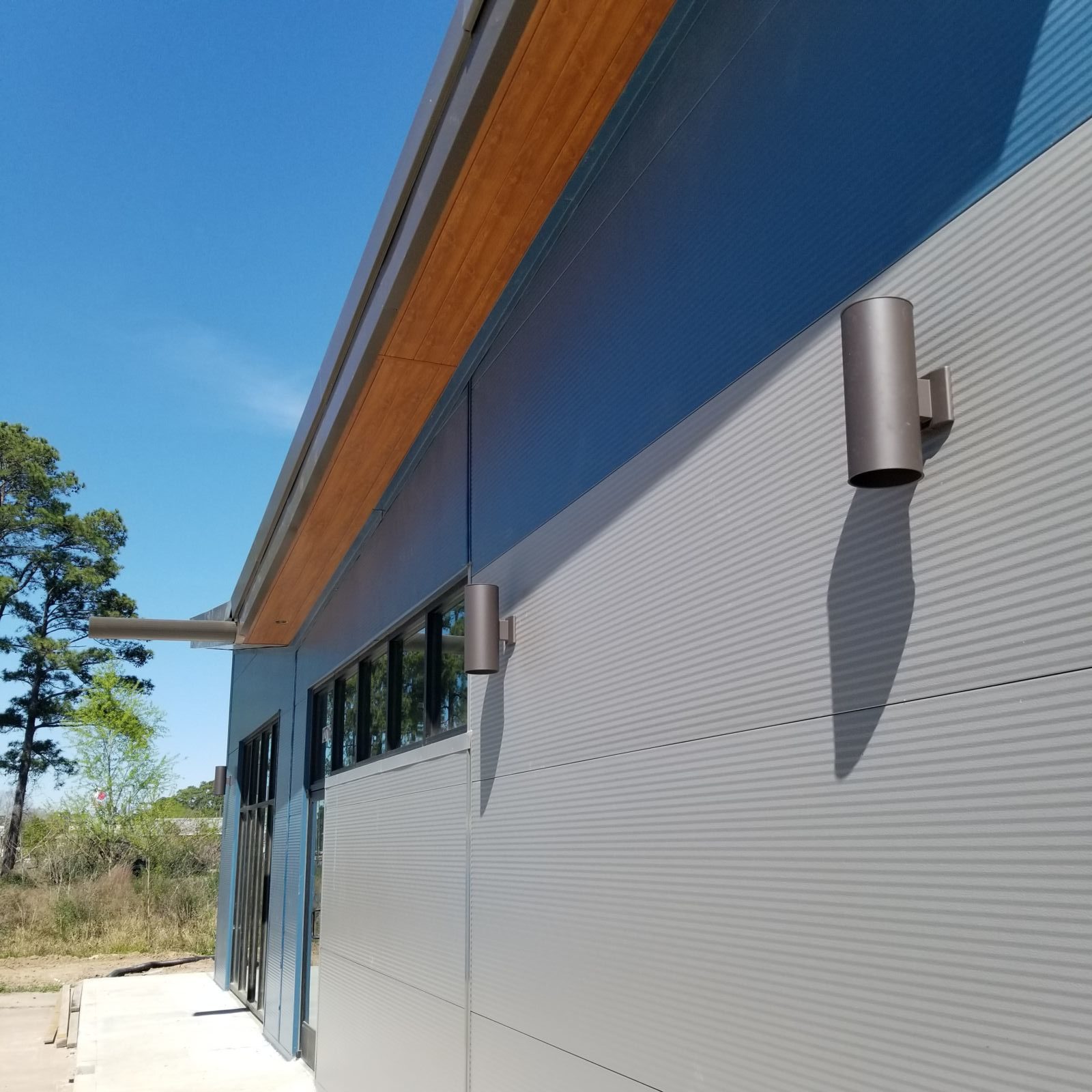
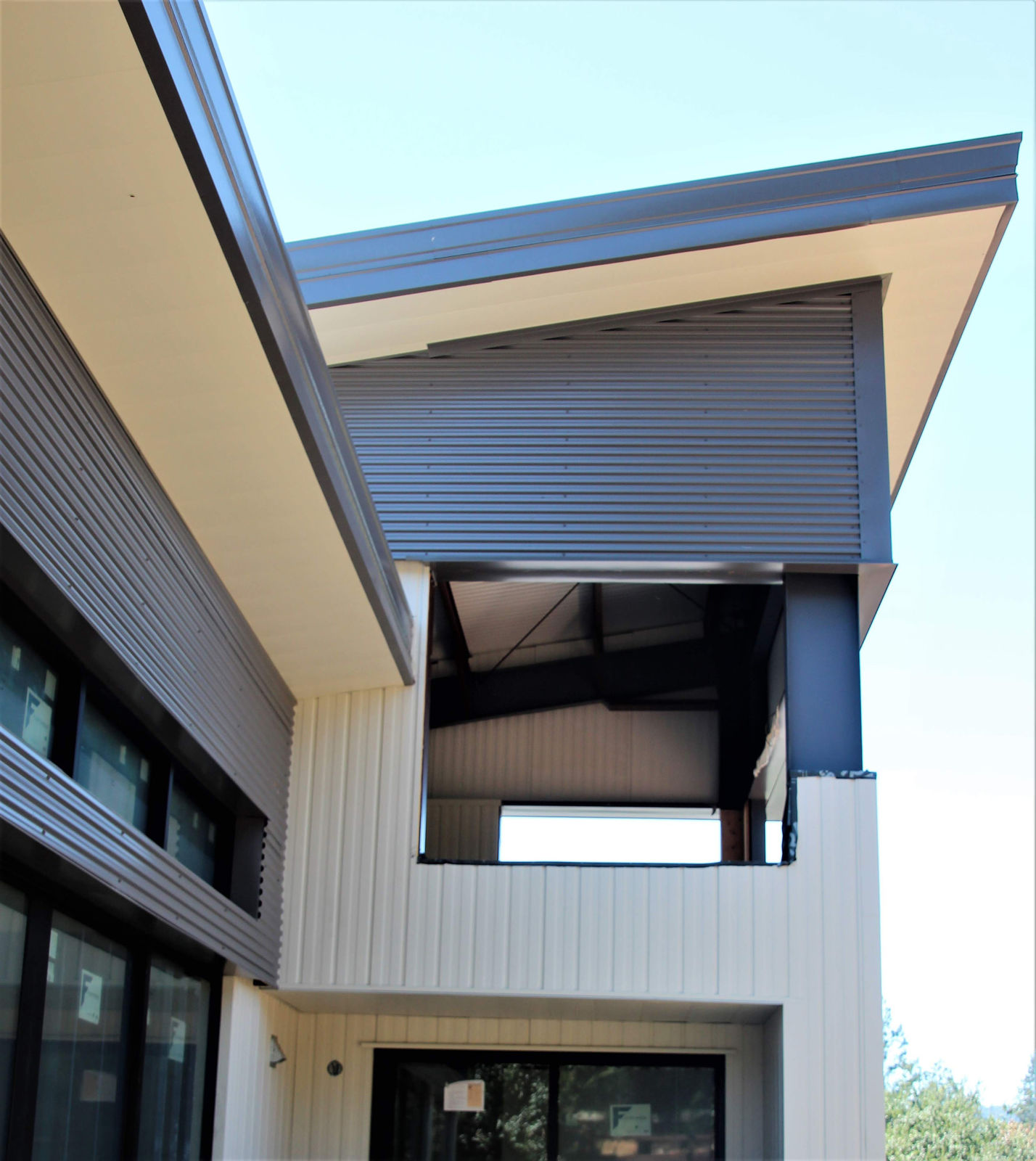
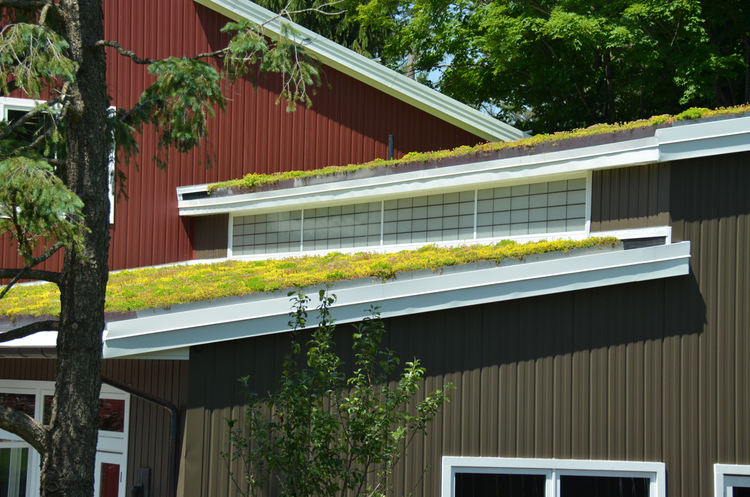
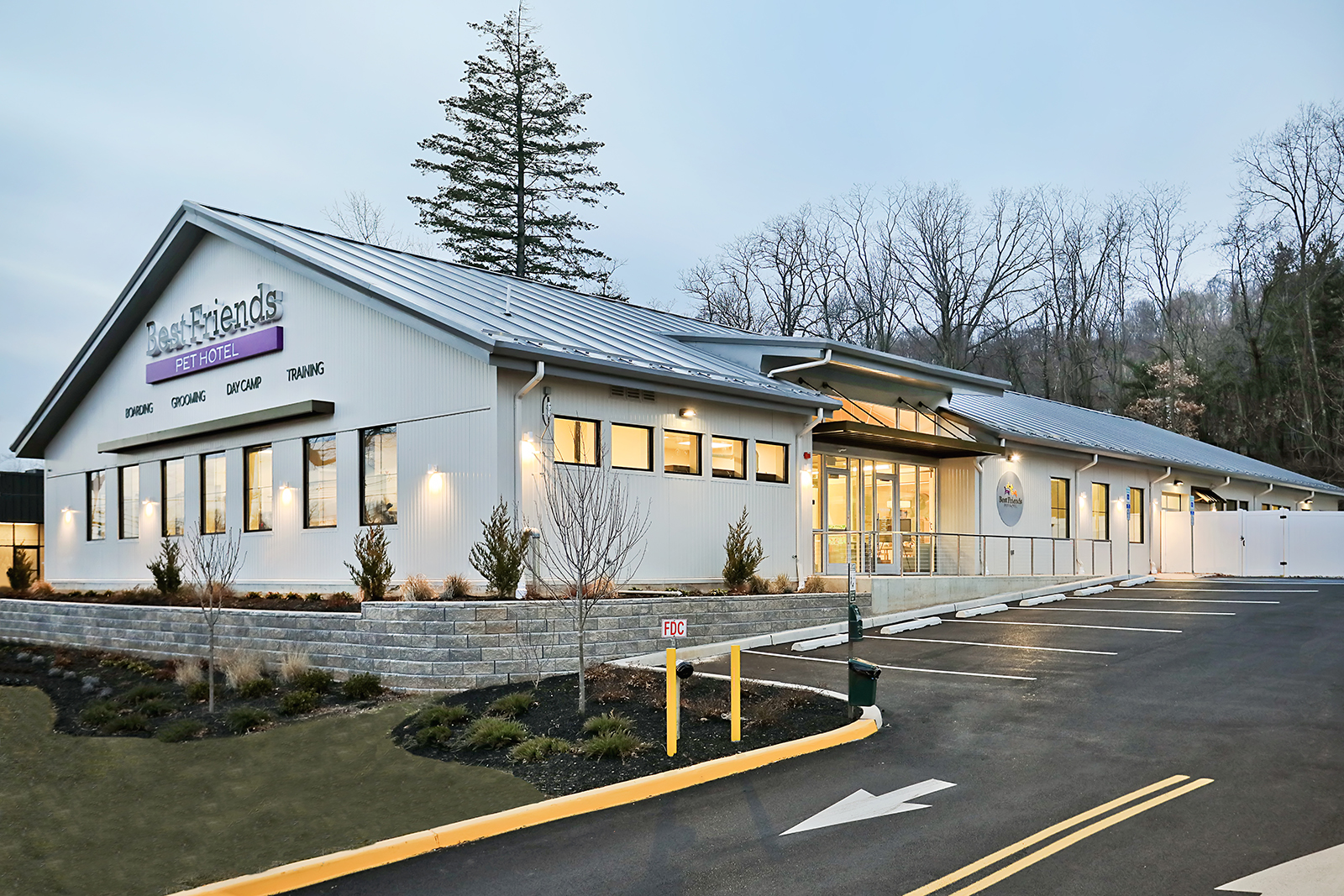
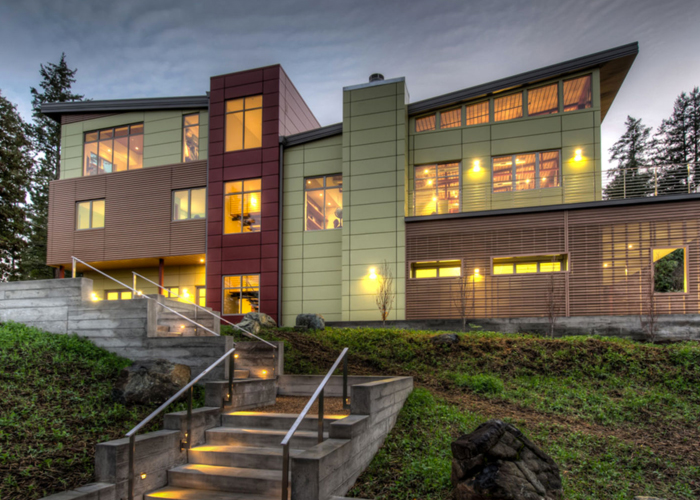
You must be logged in to post a comment.